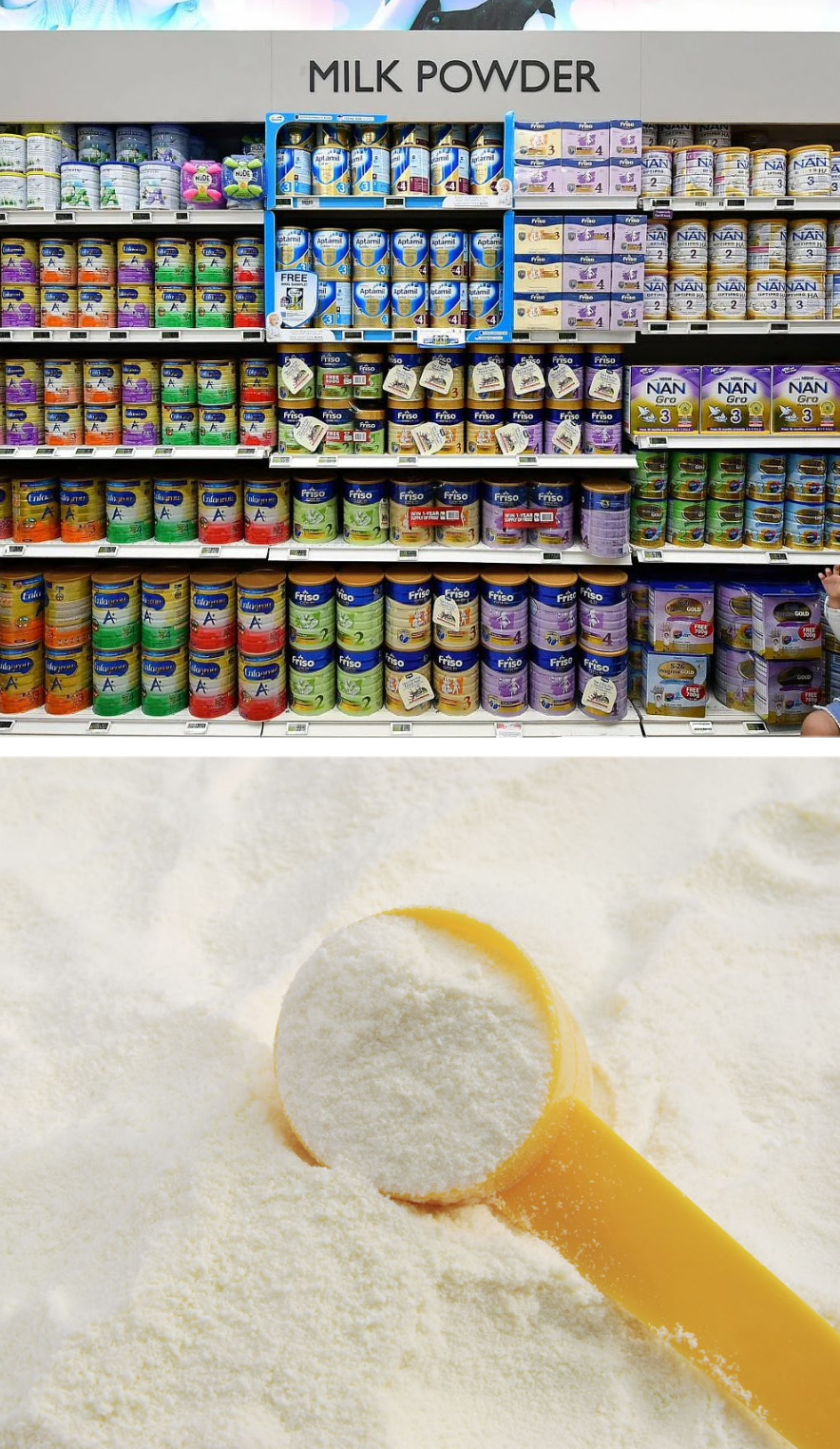OVERVIEW Q2 2022:
June 2022 reflected an almost universal tale of wholesale price drops. All regions saw a month-on-month drop in prices across all product categories, except for US cheddar. Supplies remained tight with reports claiming that demand for most dairy products has cooled slightly in recent weeks, due to higher consumer prices and uncertainties around shipping logistics with China. European Union (EU) prices dropped in US dollar terms with the region nearing peak milk production. However, volumes are still behind that of last year. Skimmed Milk Powder (SMP) has seen the largest drop, though production remains steady, demand from the export markets currently seems noticeably quiet.
Prices in Oceania saw the largest change, influenced by the lack of demand from China as reflected in the latest Global Dairy Trade (GDT) events. Most products felt the effects of this reduced demand, with Whole Milk Powder (WMP) showing the largest decline at 10.5%. Poor pasture conditions, high feed prices, and staff shortages in key milk-producing areas continue to have an impact on milk production in the region, consequently, limiting whole milk powder and cheese exports.
US prices avoided the declines seen in Oceania and Europe, with Butter and SMP prices seeing the largest drops of just 1.2% each. Cheddar cheese markets however stood out, bucking the downwards trends with a price increase of 5.5% on the month. Retail demand was softening, putting some downwards pressure on the markets. However, sustained food service demand gave some support to the butter markets. Additionally, strong export demand gave a boost to cheese prices, particularly from Asian buyers looking to secure supplies.



